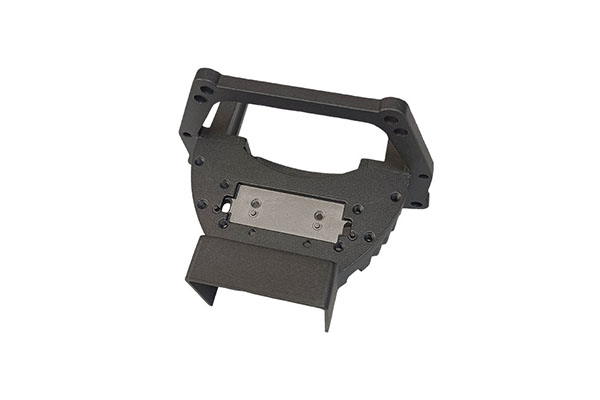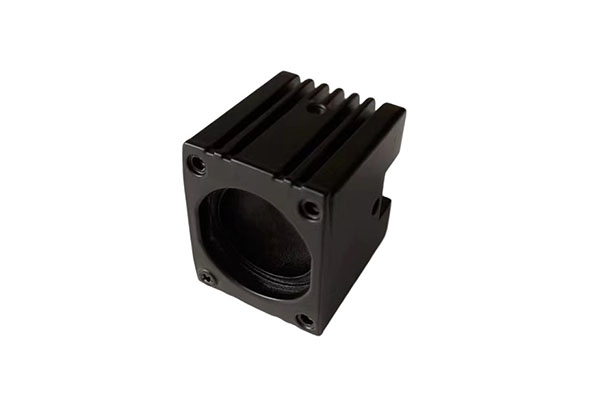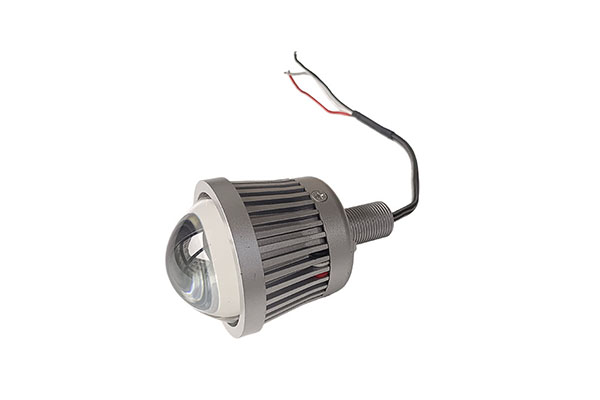How does the linkage between the car alarm and the vehicle engine achieve effective locking?
Release Time : 2025-07-22
The linkage locking of car alarm and engine depends on the accurate verification of electronic signals. When car alarm is in the alert state, it will continue to exchange encrypted signals with the engine control unit. Only when car alarm recognizes the unlocking command of the legal key will it send a signal to the engine control unit to allow starting. If the signal verification fails, the engine control unit will directly cut off the starting program. Even if the key is turned or the start button is pressed, the engine will not respond, and the locking will be achieved from the starting source.
Cutting off the fuel supply system is an important part of the linkage locking. There is a linkage device between car alarm and fuel pump. When car alarm detects abnormal intrusion, it will immediately send a stop command to the fuel pump. At this time, even if the engine has partially started, the fuel pump will not supply fuel to the engine, causing the engine to be unable to continue to run and shut down automatically in a short time. This method interrupts the fuel supply, so that the engine loses its power source, realizes forced locking, and prevents the vehicle from being forcibly driven away.
Intervention of the ignition system can further enhance the locking effect. Car alarm can establish a linkage with the engine's ignition coil. When the anti-theft mechanism is triggered, the ignition coil will be temporarily powered off or the ignition sequence will be changed. Under normal circumstances, the ignition coil needs to generate sparks to ignite the mixture in a precise sequence. After being interfered with, the ignition function is disordered, the mixture cannot burn normally, the engine cannot start or runs unsteadily, and even if the fuel supply is normal, it is difficult to maintain power output, forming a double locking guarantee.
The authority management of the engine control unit is the core of the linkage lock. The car alarm will write a specific authorization code to the engine control unit. Only when the car alarm is released from the alert state will the control unit open all functional permissions. When the anti-theft state is activated, the control unit will limit the operation of key functions, such as limiting the throttle opening, adjusting the working parameters of the injector, etc., so that even if the engine is started, it cannot reach normal power, and the vehicle can only creep slowly or even cannot move, effectively preventing car theft.
The linkage of the mechanical locking mechanism provides a supplement to the electronic system. Some car alarms will be linked with the mechanical lock in the engine compartment. When the anti-theft is triggered, the mechanical lock will lock the key transmission components of the engine, such as limiting the rotation of the crankshaft or camshaft. This physical lock is not interfered by electronic signals. Even if the electronic system is temporarily cracked, the mechanical lock can still remain locked, making the engine unable to run, forming a dual guarantee of electronic and mechanical protection, and improving the reliability of the lock.
The status monitoring and real-time response of car alarm ensure timely locking. Car alarm continuously monitors the status of the doors, hood, and trunk through sensors distributed on the body of the car. Once unauthorized opening is found, it will immediately be judged as an intrusion and instantly start the linkage locking program with the engine. This real-time response mechanism can cut off the possibility of engine operation at the early stage of car theft, prevent the vehicle from being successfully started, and shorten the risk window of theft.
The encryption protection of the linkage system prevents illegal cracking. The signal transmission between car alarm and the engine control unit adopts dynamic encryption technology. The password of each interaction will change randomly, making it difficult for a third party to intercept or copy the valid signal. At the same time, the linkage program is written into the read-only memory of the engine control unit and cannot be modified by conventional means, ensuring that the locking logic will not be tampered with. Even if the car thief tries to crack the electronic system, it is difficult to bypass the linkage locking mechanism, ensuring the long-term effectiveness of the locking effect.







